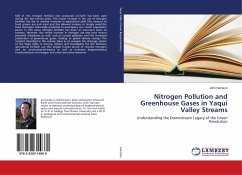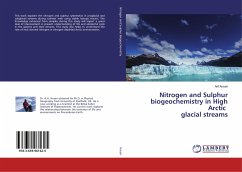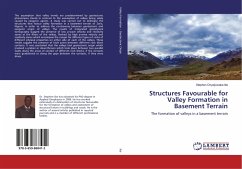Half of the nitrogen fertilizer ever produced on Earth has been used during the last twenty years. This recent increase in the use of nitrogen fertilizer has led to massive increases in agricultural yield (the amount of food grown per unit area) and has allowed humans to largely avoid the food shortages historically predicted to accompany our recent population boom. In this sense, nitrogen fertilizer has been an enormous boon to humans. However, the recent increase in nitrogen use may have serious potential drawbacks as well, such as coastal pollution and the increased production of greenhouse gases, leading to global climate change. The research described in this volume takes as an example the drainage system of the Yaqui Valley in Sonora, Mexico and investigates the link between agricultural fertilizer use (the largest human source of reactive nitrogen) and its environmental impact as well as in-stream biogeochemical transformations of nitrogen and other bio-active elements.








